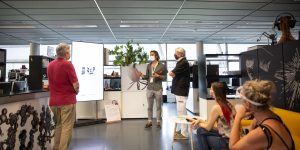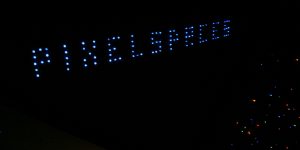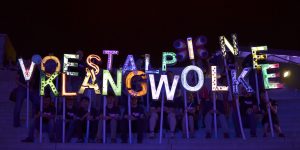Matthew Gardiner
-

Oribotic Instruments Workshop
Experimentelle Origami-Roboter-Musik
Was es braucht, um ein Roboter-Instrument aus einem Stück Papier herzustellen? Ein Workshop des Ars Electronica Futurelab war erst der Anfang einer völlig neuen Art von avantgardistischen Origami-Roboter-Performances.
-
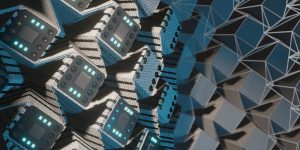
ORI*BOTICS
Kunst und Forschung zu Origami-Robotik
ORI*BOTICS, the art and science of robotic origami, ist ein fortlaufendes Forschungsprojekt, das die Verbindung von Origami, Technologie und Natur untersucht. Es baut auf neuartigen Methoden des Designs und der Herstellung von starkem, flexiblem und höchst unregelmäßigem Origami aus Textilien und 3D-Druck auf, insbesondere Fold Printing und Fold Mapping.
-

Open Futurelab 2019
Das Festivalgelände der POSTCITY in Linz wurde bis 2019 als Bühne für Open Futurelab genutzt. Der gemeinsam mit der japanischen Rundfunkanstalt NHK entwickelte Media Platz war der Prototyp eines offenen Medienplatzes aus Karton und hochauflösenden Bildschirmen, der als Forum für öffentliche Debatten diente. Dort fanden verschiedene Podiumsdiskussionen statt, u. a. zum Thema „Welche Rolle sollte…
-
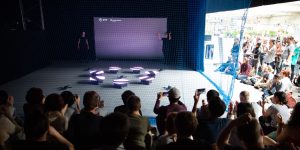
Open Futurelab 2018
Nach einer längeren Phase der Integration von Beiträgen aus dem Ars Electronica Futurelab an unterschiedlichen Schauplätzen des Festivals, sollte mit der Initiative Open Futurelab 2018 in der POSTCITY erstmals eine zentrale Schnittstelle für das kreative internationale Netzwerk des Labors entstehen.
-

ORI* – On the Aesthetics of Folding and Technology
This research examines how new design approaches that utilise advances in scientific origami, computation, robotics, and material experimentation, can influence the functional aesthetic of the art of oribotics. Situated in the context of contemporary electro/mechanical artworks and objects, and joining the fields of origami and robotics, oribotics is influenced by notions of folding scientifically and…
-

Spaxels / Klangwolke – Quadrocopter
Ars Electronica Futurelab’s quadcopter swarm was one of the highlights of the 2012 voestalpine Klangwolke (Cloud of Sound) in Linz. More than 90,000 spectators lined both banks of the Danube to witness a then world record: a formation flight by no fewer than 49 quadcopters. Never before had such a large squadron of whirlybird drones…
-
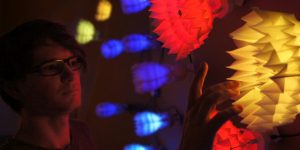
Oribotics
[the future unfolds]
In cooperation with the University of Linz’s Institute of Polymer Product Engineering, the Australian origami- and media artist Matthew Gardiner cultivated interactive flowerbeds. During the 2010 Ars Electronica Festival they brought the industrial architecture of the former tobacco processing plant into full bloom.

